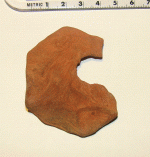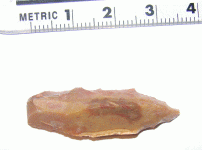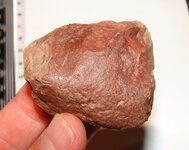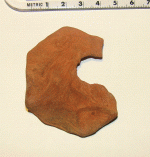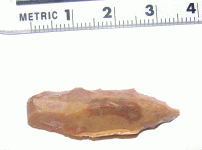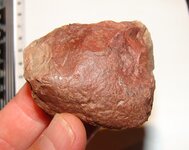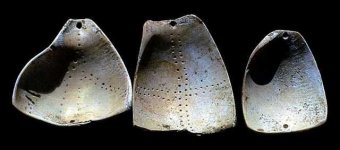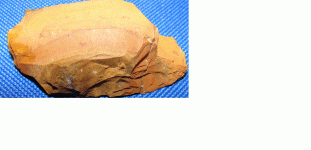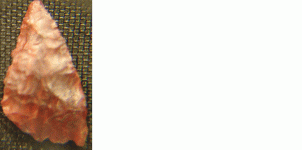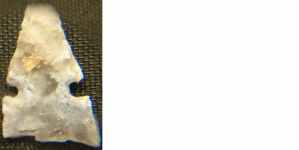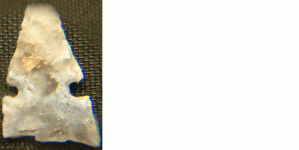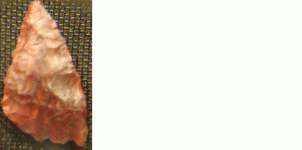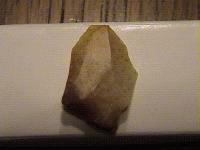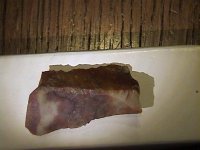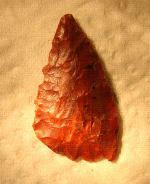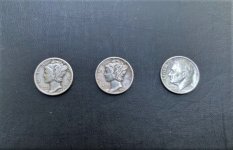The following was found at an old reliable camp site presumably inhabited 1200 to 1450. It appears to have been hexagonal with a hole made near the center. It's not flint, but the stone is very hard. I've found several celts, points, and scrapers in this area. Could this be a pendant or ornamental piece? Has anybody seen such a piece? I suppose it could just be a nothing, but given the shape, it appears to be man-made. I've thrown in a couple of other photos of material found near this find.
Thanks,
Docmann
Thanks,
Docmann
Attachments
Upvote
0


